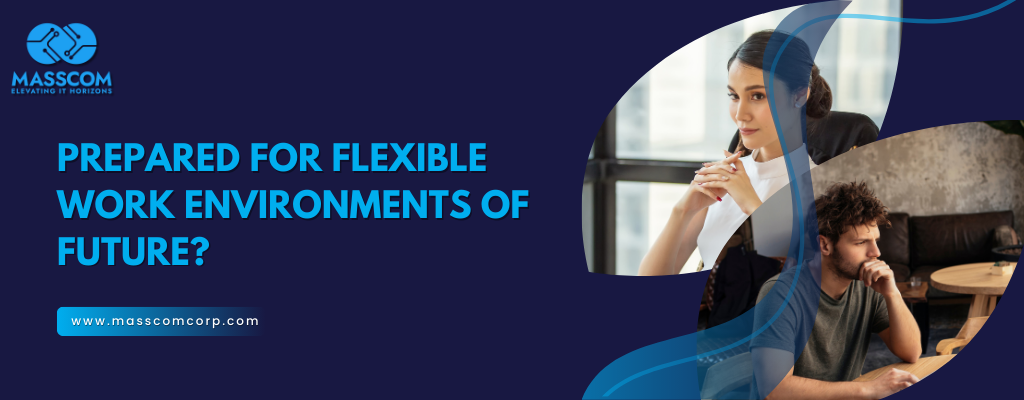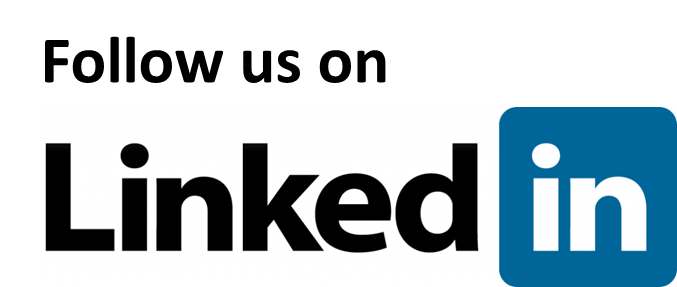The office scene that we have come to know, with walls and cubicles for every employee, is changing. In this era of modernization, technology boosters, and new working standards, the monolithic principle of having an office that can satisfy all requirements is becoming a thing of the past. Flexible work environments such as flexible hours, hybrid, and remote working condition are not a passing phase, but are beginning to form the very foundation of the workplace of the future.
Flexible Work Culture Develops On-Demand
In the past couple of years, in part due to the pandemic, there was a work from home trend that proved productivity can extend beyond the confines of a company’s office. What used to be considered as a privilege, telecommuting, now forms a culture of work. In another report by large research companies approximately 87% of surveyed employees across the world wish that they have the option of switching from an office to a home environment at least part of the week. This shift in the desire to be more efficient has made people to be more amazed at the working conditions.
Embracing Hybrid Work Models
That hybrid working from home for a few days and going into the workplace for the rest of the week—has become widely accepted. This style provides the best of both worlds for an employee as he gets to work from home and gets to work with people at the office. Seeking to break the conventional employee work structure, Microsoft and Google have begun a hybrid working policy, followed by some other firms.
To thrive in a hybrid environment, both employers and employees need to adopt new practices:
- Clear Communication: Effective communication tools and strategies are essential for maintaining productivity and connection between remote and in-office teams.
- Flexible Scheduling: Embracing flexible work hours can accommodate different time zones and personal schedules, fostering a better work-life balance.
- Tech Investment: It is crucial to invest in reliable technology and tools for virtual collaboration. This includes everything from video conferencing software to project management platforms.
Designing Adaptable Workspaces
As the nature of work changes, so too must the design of office spaces. The future office is likely to be a dynamic environment that supports various work styles and needs. With a changing nature of work, we should expect office spaces to look different in design. The office of the future is likely to be a flexible environment that accommodates different styles of working.
Some design elements to consider are to have collaboration areas. Ensuring that there are spaces created for teamwork and interactions will be key. Imagine open areas with comfortable seating, whiteboards, and video conferencing.
Quiet Spaces, Soundproof Rooms for concentration and privacy. Employees will be able to focus and manage their tasks in environments that help them shut out everything else.
Preparing Your Workforce
For both employees and employers, adapting to flexible work environments requires a shift in mindset and skill set:
- Skill Development: If the upskilling remains in digital literacy, time management, and self-discipline, remote work will be very successful. Employers can ensure this by providing training and development opportunities.
- Cultural Adaptation: Embrace a culture of trust and accountability. In a flexible work environment, it’s important to focus on outcomes rather than micromanaging processes.
The future of work is not about choosing between remote or in-office; it’s about integrating both in a way that maximizes productivity, creativity, and employee satisfaction. As we move forward, organizations that embrace flexibility and adaptability will be better positioned to attract and retain top talent, drive innovation, and stay competitive.


